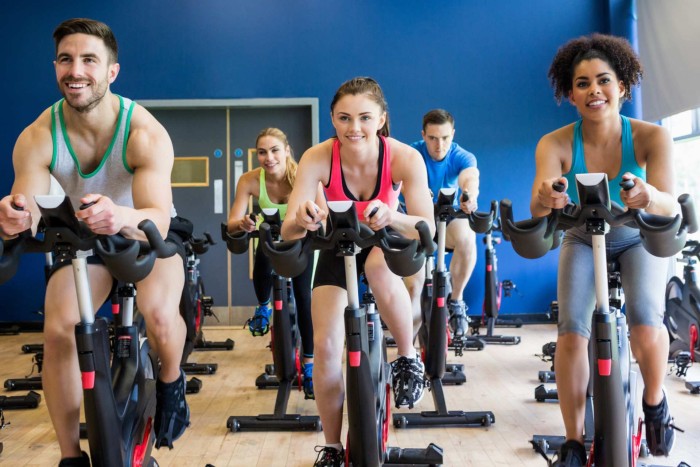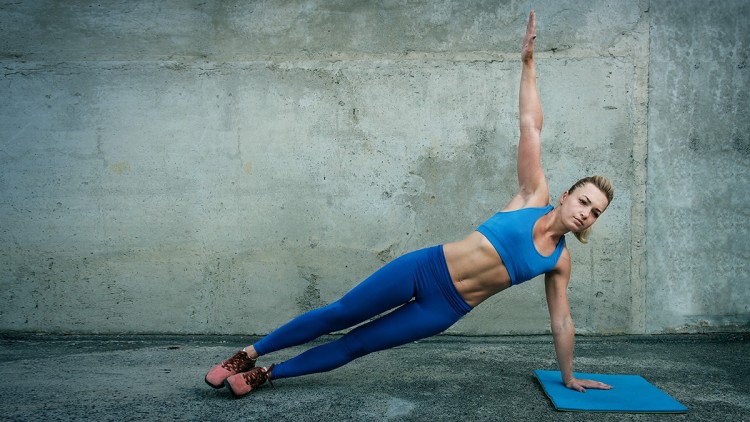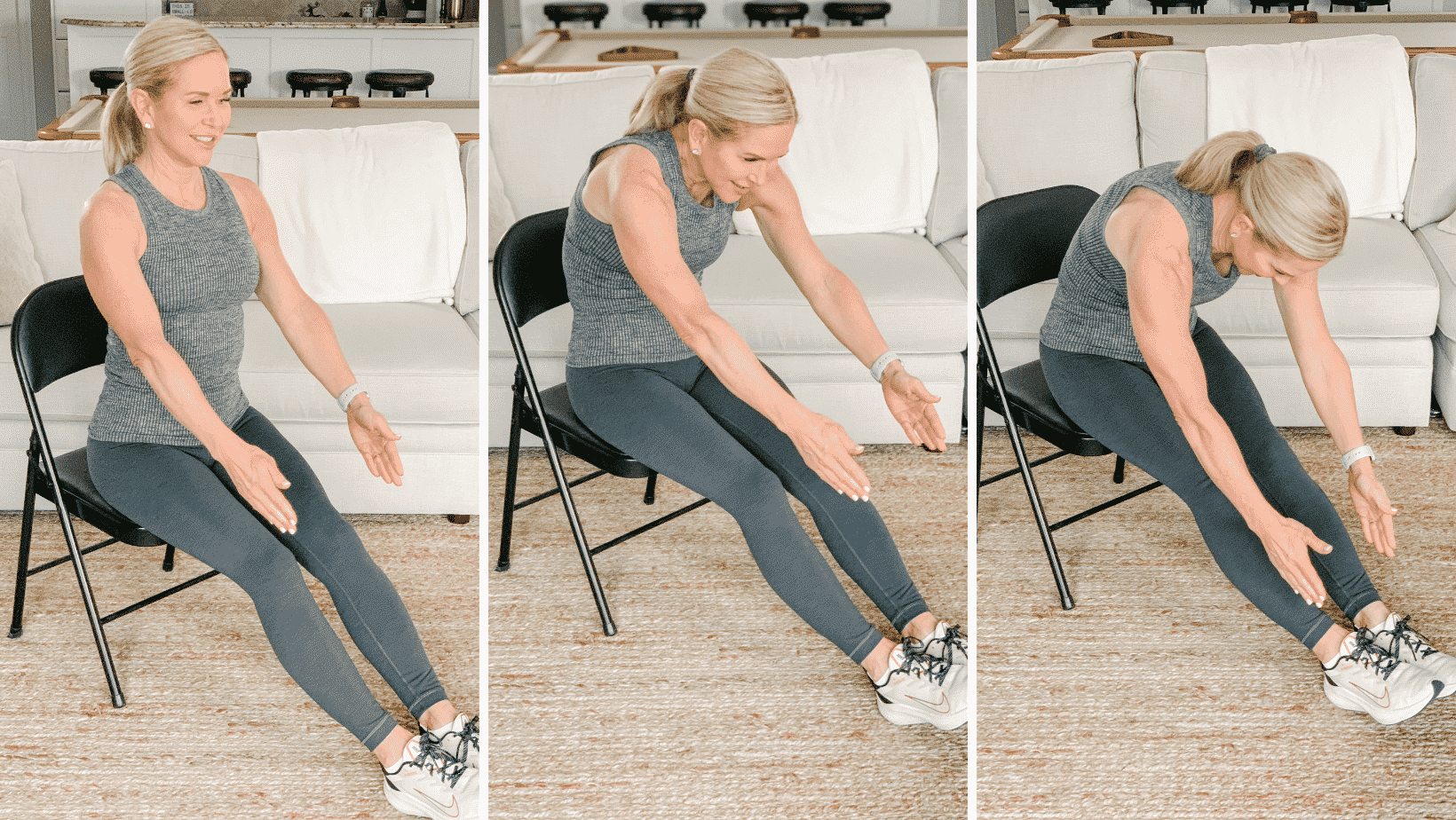A solid center is significant as you age. It permits you to remain free and complete everyday undertakings that include conveying, twisting, pivoting and standing up. What's more, preparing your center can begin anytime.
While standing center activities are great for developing center fortitude, situated practices are a fantastic option for more established grown-ups to prepare their center assuming they have versatility or equilibrium issues, wounds or other medical problems that might be keeping them off their feet.
Our center settles our whole body and interfaces our upper and lower appendages. Indeed, even situated, center strength practices are gainful," says Tina Tang, CPT, Another Jersey-based fitness coach who represents considerable authority in sound maturing. For instance, more seasoned grown-ups who as of late had hip substitution medical procedure may not be happy with representing extensive stretches of time presently. Doing situated center activities reinforces their trunk muscles to help their recuperation.
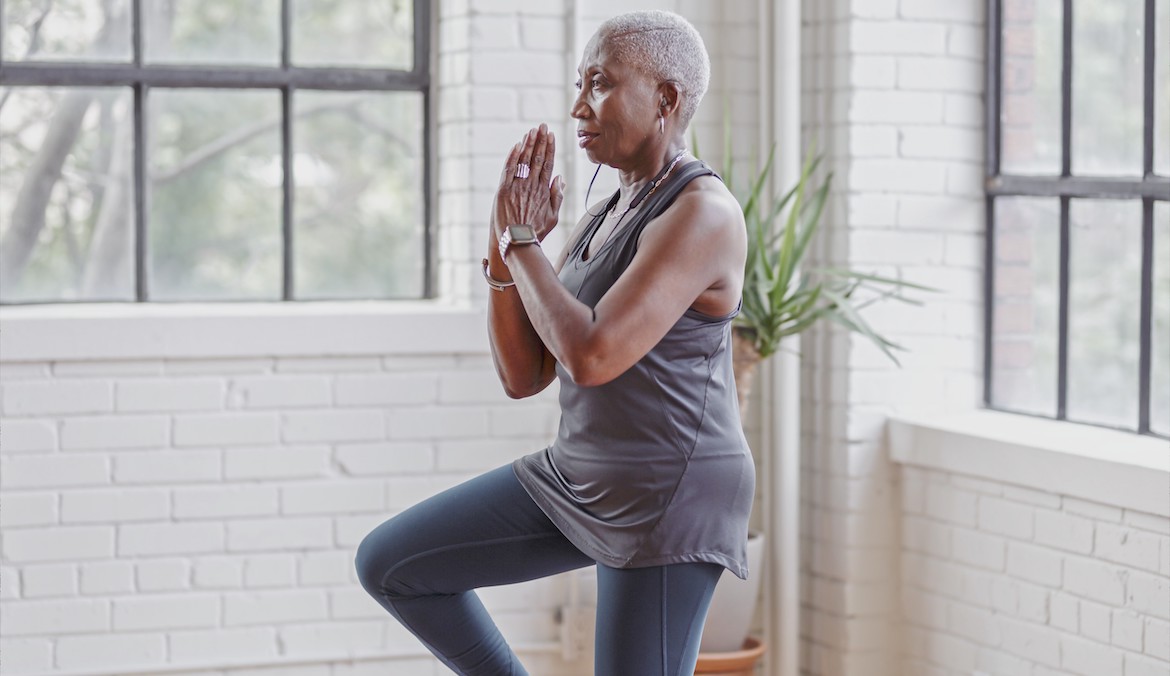
Simplifies Daily Tasks (and Occasional Ones!)
We as a whole utilize our centers each and every day. Each time you sit, stand, get a staple pack, twist down to tie your shoes, or swing a tennis racket you're connecting with these muscles.
As anybody beyond 30 years old knows, these basic undertakings get more demanding as we age. Consolidating center reinforcing activities will assist you with building more grounded muscles that make these assignments simpler, regardless of your age.
While recuperating from hip substitution medical procedure, remaining situated during a center exercise permits somebody to move without overburdening their hip joints, Tang says. Whether you have a medical issue that makes it hard to move standing, or you're moving once more into a normal gym routine everyday practice, think about this 20-minute situated center exercise.
As we age, maintaining a strong and stable core becomes increasingly important for overall health and functional independence. The core muscles, which include those in the abdomen, lower back, hips, and pelvis, play a crucial role in supporting the spine, improving posture, and enhancing balance and stability. Engaging in regular core exercises can help older adults reduce the risk of falls, alleviate back pain, and improve overall mobility. In this article, we'll explore a selection of safe and effective core exercises specifically tailored for older adults.
Seated Knee Lifts:

Seated knee lifts are a gentle yet effective exercise for strengthening the lower abdominal muscles and improving hip flexibility. Sit upright in a sturdy chair with your feet flat on the floor and your hands resting lightly on the sides of the chair for support.
Keeping your back straight, slowly lift one knee towards your chest as high as comfortable, then lower it back down. Repeat with the opposite leg, alternating between legs for a total of 10-15 repetitions on each side.
Pelvic Tilts:
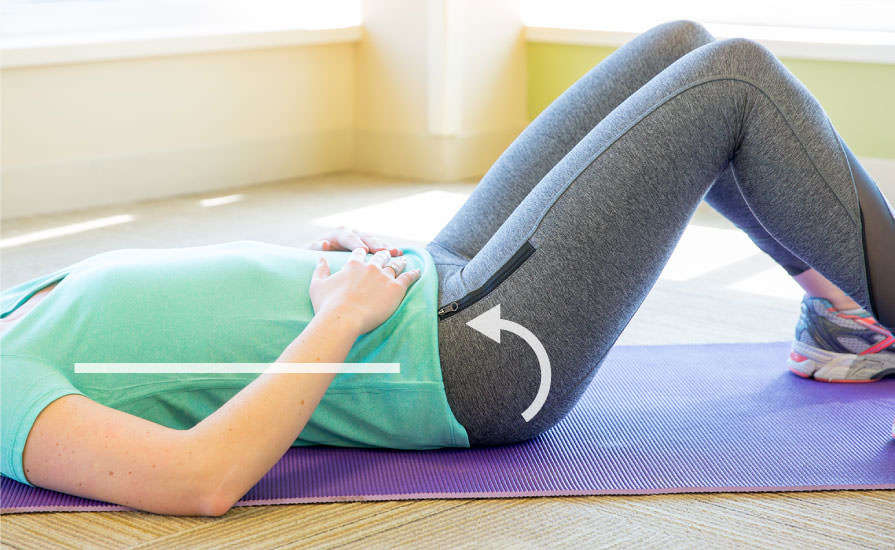
Pelvic tilts help strengthen the muscles of the lower back and improve pelvic stability, which can alleviate back pain and improve posture. Lie on your back with your knees bent and feet flat on the floor, hip-width apart. Gently engage your abdominal muscles to flatten your lower back against the floor, tilting your pelvis upward.
Hold this position for a few seconds, then release and allow your lower back to return to its natural arch. Repeat for 10-15 repetitions, focusing on controlled movements and maintaining proper alignment.
Standing Side Bends:
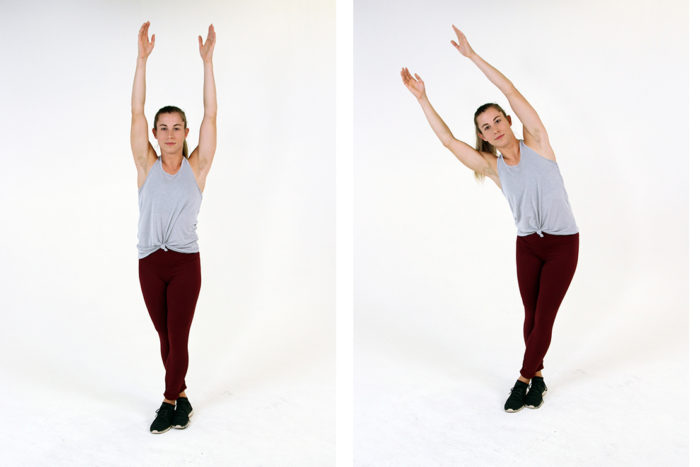
Standing side bends target the oblique muscles along the sides of the torso, promoting spinal flexibility and improving balance. Stand with your feet hip-width apart and your arms relaxed at your sides. Keeping your back straight and shoulders down, gently bend to one side, sliding your hand down the outside of your thigh towards your knee.
Return to the starting position and repeat on the opposite side. Perform 10-15 repetitions on each side, focusing on smooth, controlled movements and avoiding any jerking or twisting motions.
Bird-Dog Exercise:
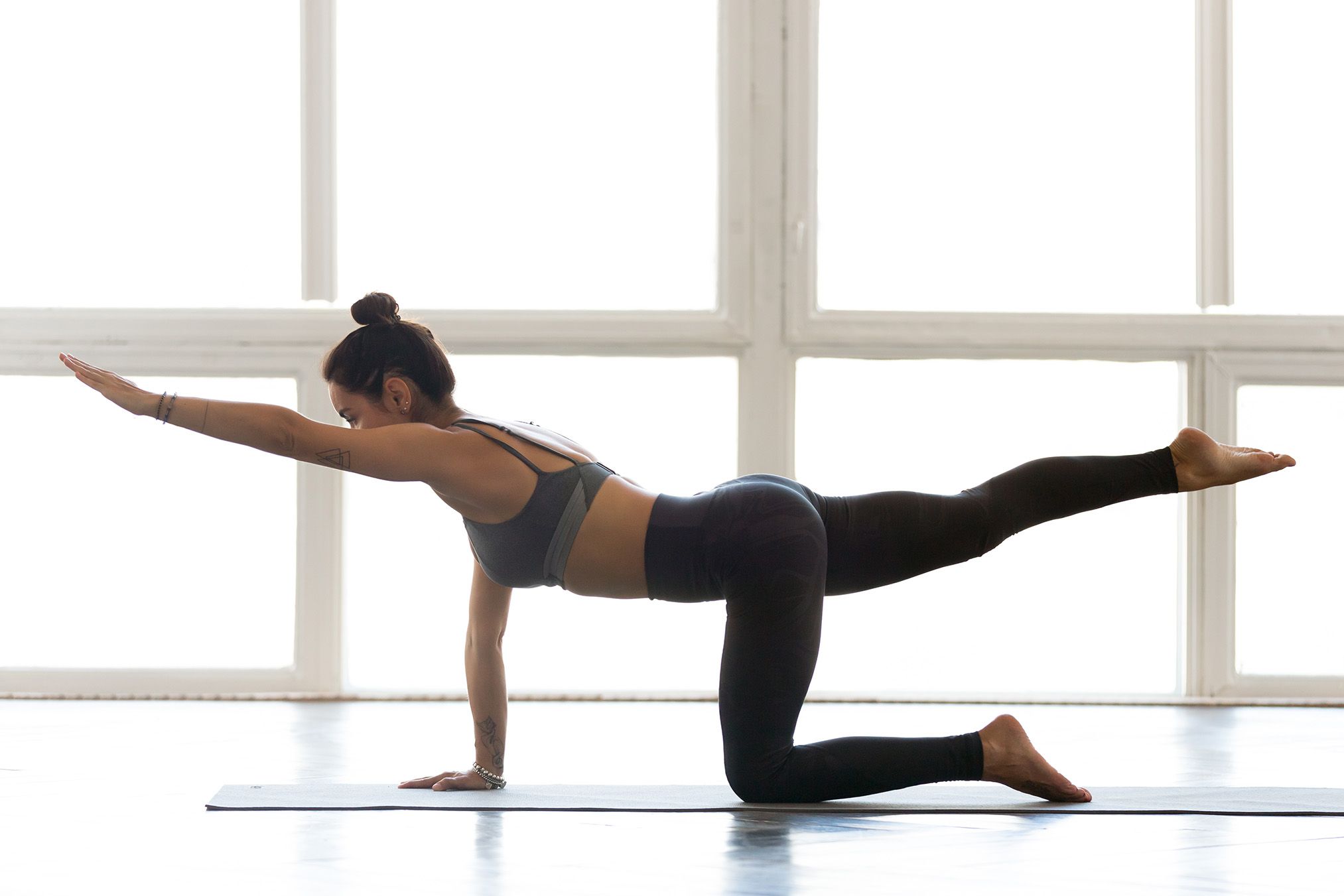
The bird-dog exercise is a classic core stability exercise that targets the muscles of the abdomen, lower back, and hips while also improving balance and coordination. Begin on your hands and knees in a tabletop position, with your wrists aligned under your shoulders and your knees under your hips.
Engage your core muscles to stabilize your spine, then extend one arm forward and the opposite leg back, keeping them parallel to the floor. Hold this position for a few seconds, then return to the starting position and switch sides.
Repeat for 10-15 repetitions on each side, focusing on maintaining balance and stability throughout the movement.
Conclusion:
Incorporating these core exercises into a regular fitness routine can help older adults improve strength, stability, and mobility, ultimately enhancing overall quality of life. It's important to start slowly, listen to your body, and consult with a healthcare provider before beginning any new exercise program, especially if you have any underlying health conditions or concerns. With consistency and dedication, these core exercises can provide valuable benefits for older adults looking to maintain optimal physical function and independence.
Frequently Asked Questions!
How often should a senior do core exercises?
How Frequently Should Seniors In all actuality do Center Activities? Creating solid center muscles requires ordinary work and discipline. Center strength preparing ought to be a standard piece of your week after week work-out daily schedule, happening on various occasions over time.
Can walking strengthen your core?
Keep in mind, while strolling is never going to be a designated abs exercise, you are utilizing your center muscles in a useful manner as you walk. While we seldom need to do a mash in everyday life, a large portion of us do walk, so fabricating abs that can uphold the movement normally will just prove to be useful.
Is it OK to do core exercises every day?
How frequently would it be advisable for you to do abs? The prescribed recurrence of abs practices is to give yourself no less than one rest in the middle of between every abs meeting so your muscles get the opportunity to recuperate. Feliciano prescribes doing 5 to 10 minutes of center work a few times each week.



